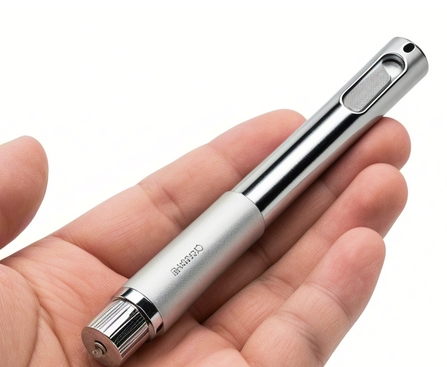
News and Blogs
Analysis of the sampling techniques of bacterial swabs: 5 steps to increase the pathogen detection rate by 40%
The cornerstone of precision medicine: analysis of microbial sampling tools
A special tool for microbial detection is a detailed explanation of bacterial swab. As an important tool in the field of clinical microbiology, its core function is to accurately obtain microbial samples from various parts of the human body. This specially designed medical device plays a key role in pathogen detection, in-hospital infection control and antibiotic sensitivity testing. According to the data of the "Clinical Microbial Sampling Operation Guide", the correct use of bacterial swabs can increase the detection rate of pathogens by more than 40%.
Precision structure and materials science professional-grade bacterial-swabs adopt a two-component structure: an ergonomic rod body with a high adsorption collection head. The head material is mostly made of flocked nylon fiber (adsorption efficiency up to 85% or medical grade polyester fiber (liquid retention rate exceeds 90%). It is worth noting that some high-end products also use patented 3D stereo flocking technology, which can increase the sample capture to three times that of traditional cotton swabs.
Standardized sampling operation process 1. Sampling positioning: Select target areas such as the posterior wall of the throat, deep nasopharynx, etc. according to the detection requirements 2. Standardized operation: Use rotation sampling method (3-5 360° rotations recommended) to ensure full contact of the mucosa 3. Sample storage: Immediately place the transport tube containing Amie's culture medium (maintain sample activity for 72 hours) 4. Cold chain transportation: Strictly control the environment at 2-8°C to avoid attenuation of microbial activity
Analysis of clinical application value In respiratory pathogen detection, bacterial swabs have been successfully used in COVID-19 nucleic acid testing (positive compliance rate 98.7%), influenza A virus screening and other projects. For gynecological infection diagnosis, specially designed vaginal swabs can collect aerobic and anaerobic bacteria samples at the same time. According to clinical data from the US CDC, the standardized use of antibacterial swabs can reduce the rate of antibiotic misuse by 35%.
Current status of industry technology development. International leading manufacturers have passed ISO 13485 medical device certification and use gamma ray sterilization technology to ensure the sterility of the product. Some innovative products have integrated smart chips to record sampling time and environmental parameters in real time. The registration catalog of medical devices in my country shows that currently, medical sampling swab products that meet the BY/T 0616 standard have reached 27 registration certificate batches.
Important parameters Amie's culture medium: an improved transport medium containing activated carbon, which can maintain microbial vitality and inhibit the growth of bacterial bacteria. CT value standard: During nucleic acid testing, it is necessary to ensure that the sample viral load reaches the detection threshold. The sampling depth is: the nasopharyngeal swab requires the posterior part of the turbinate (about 7-8cm depth).






